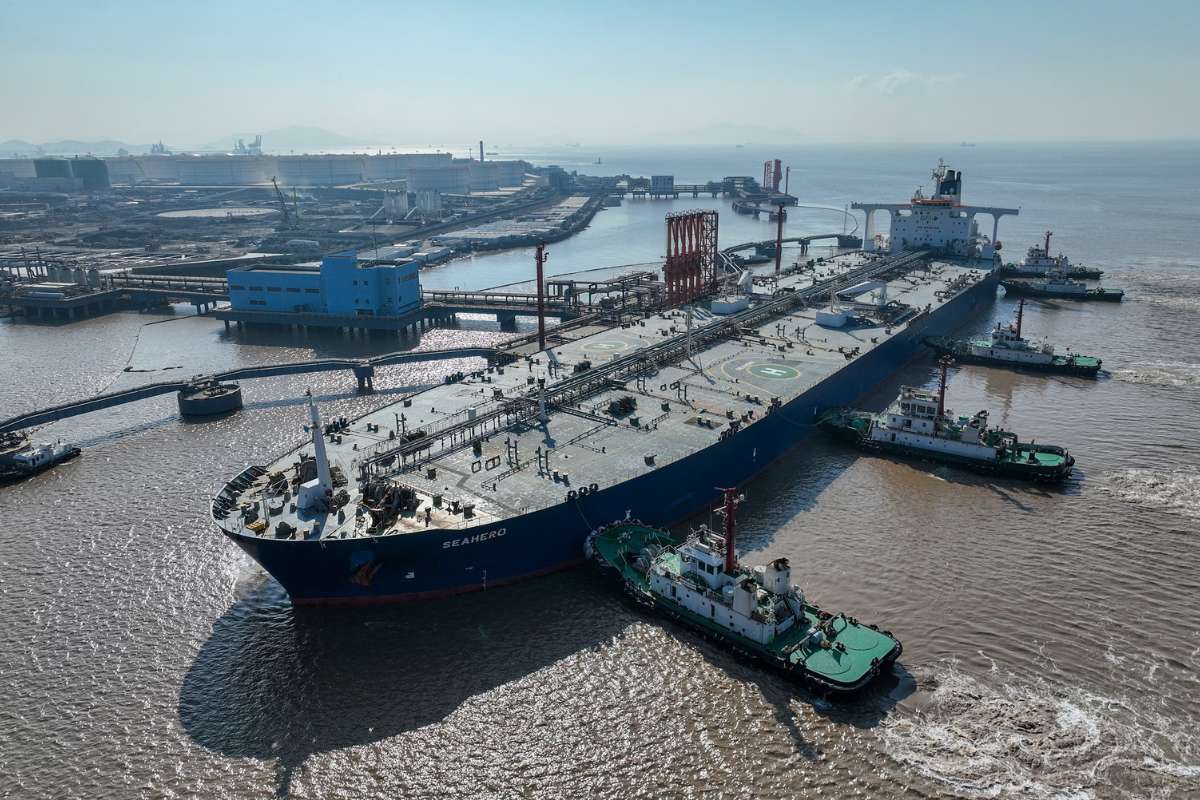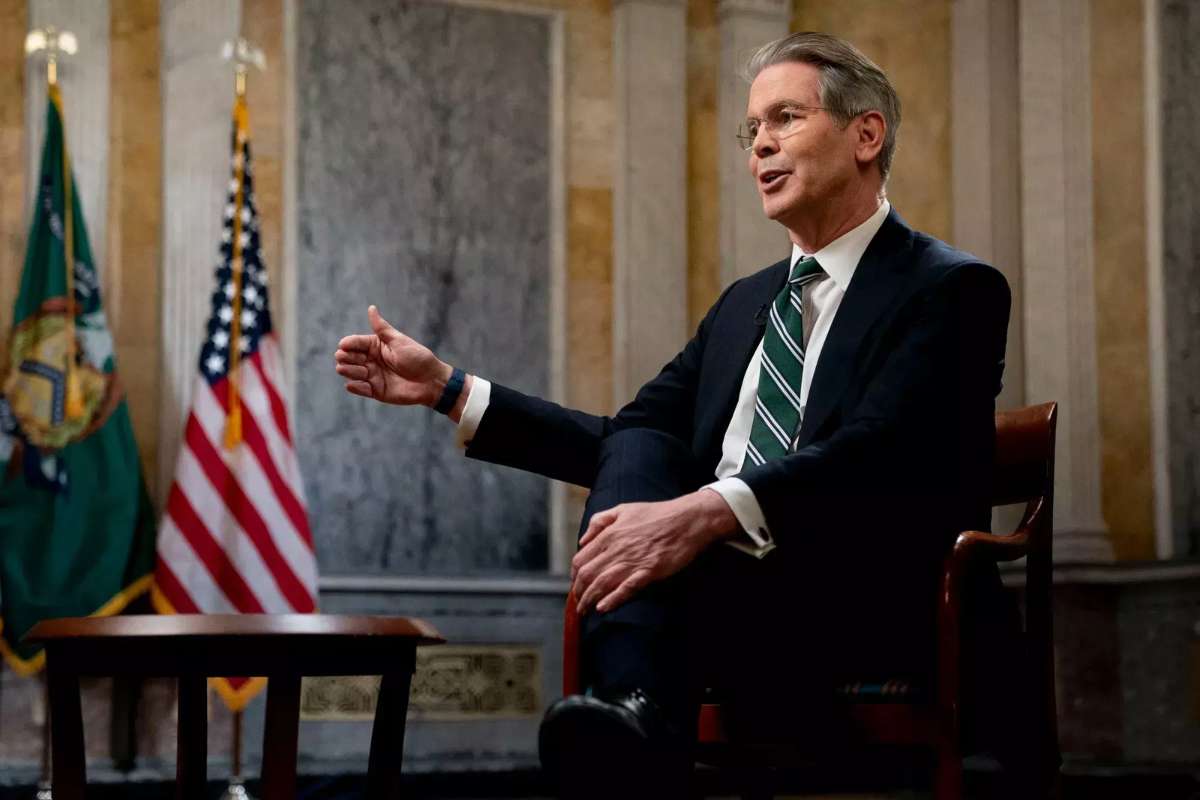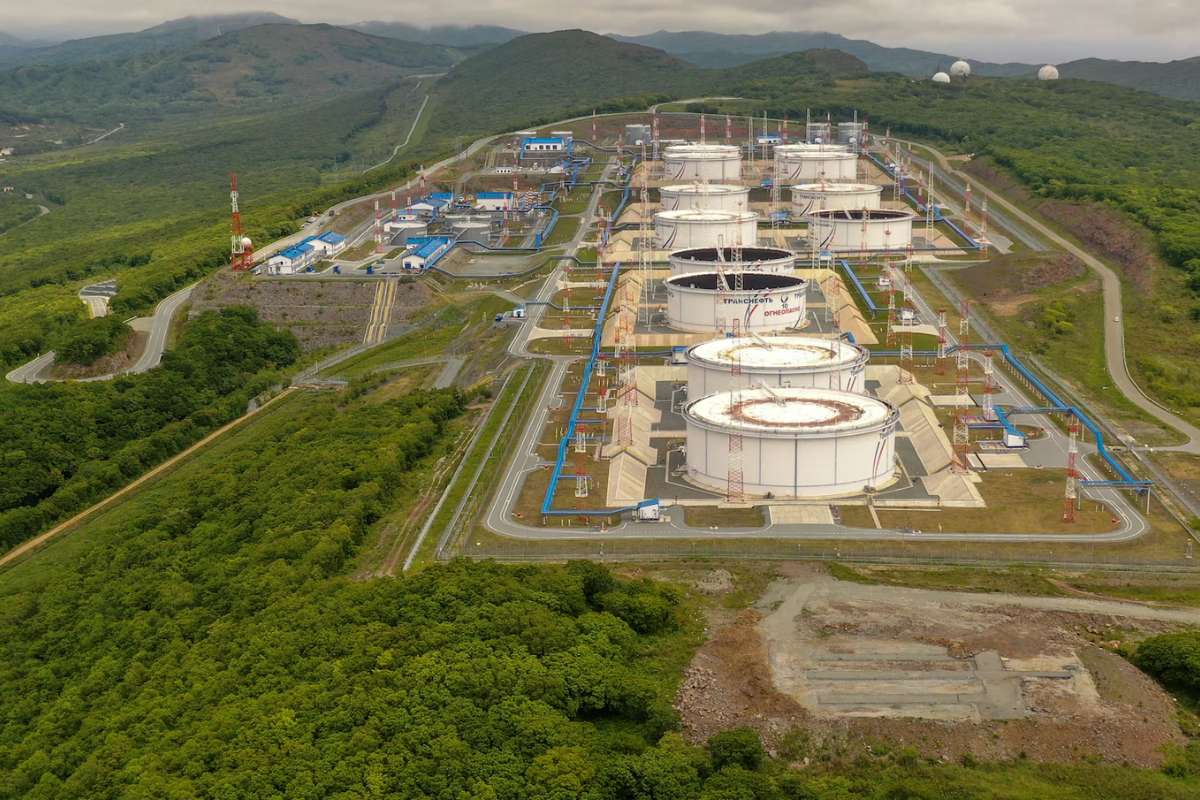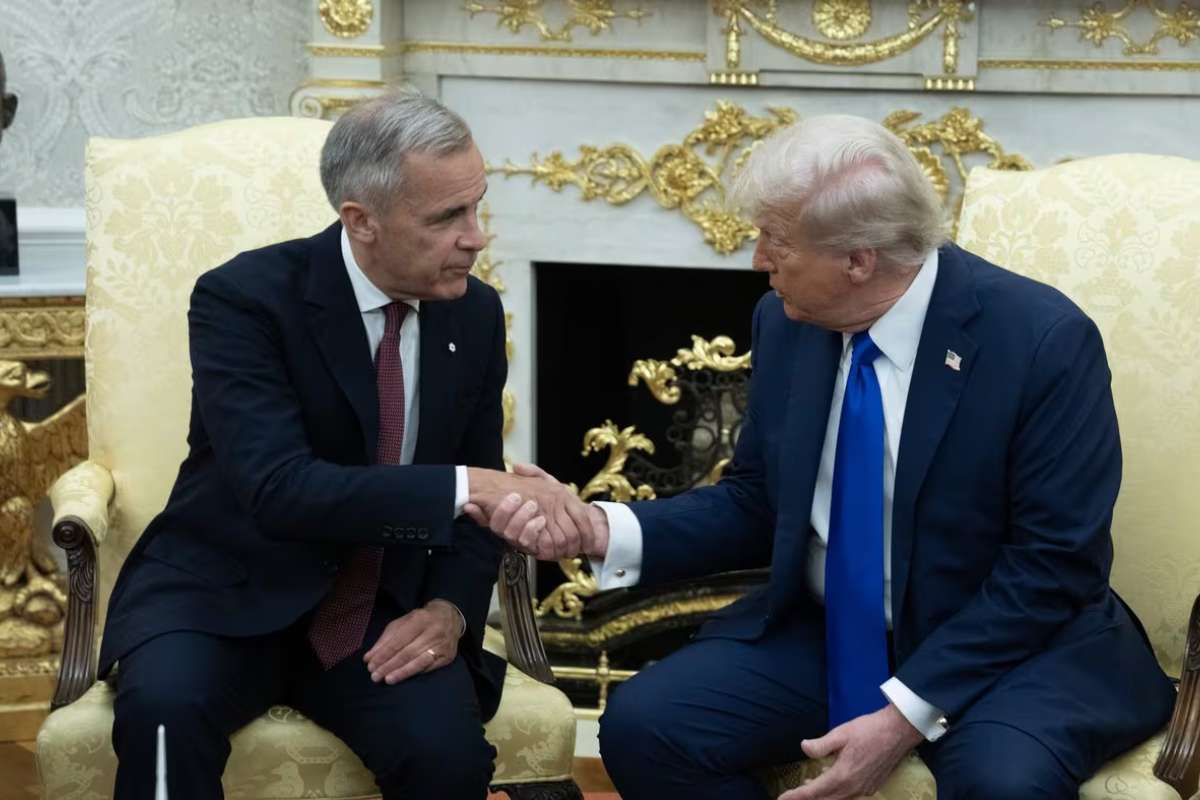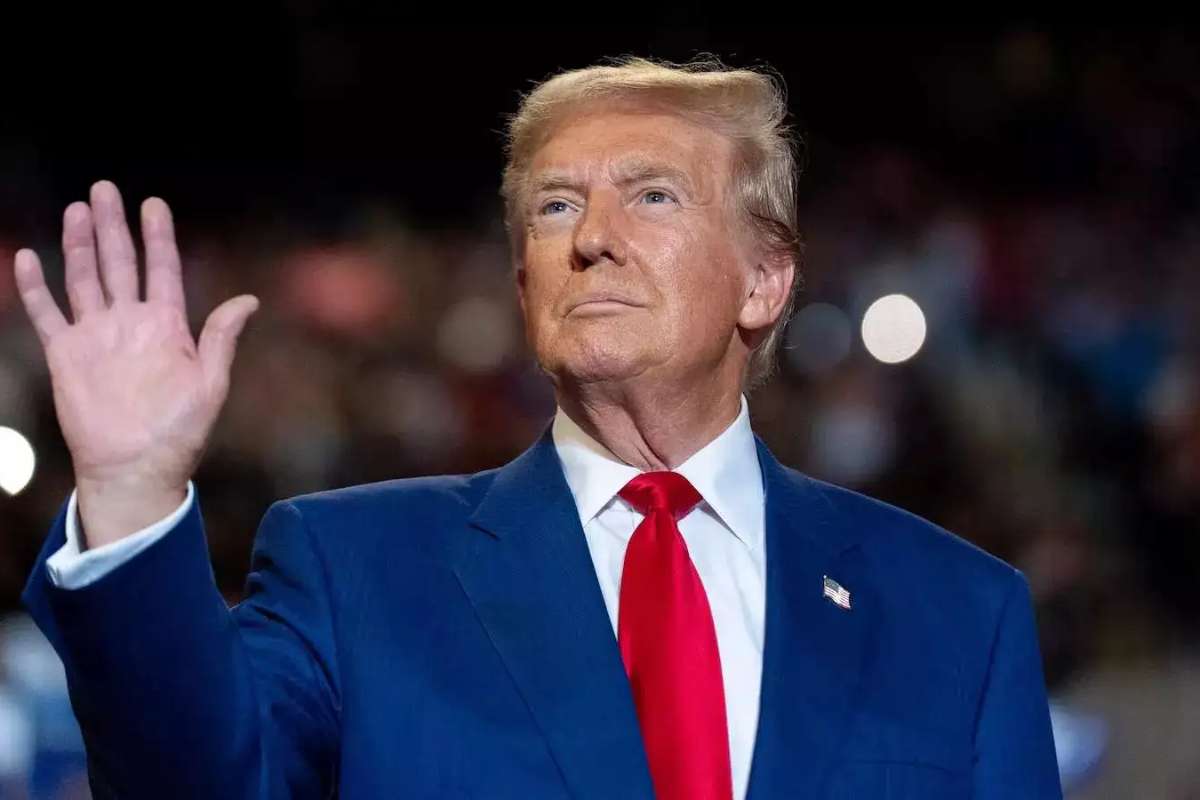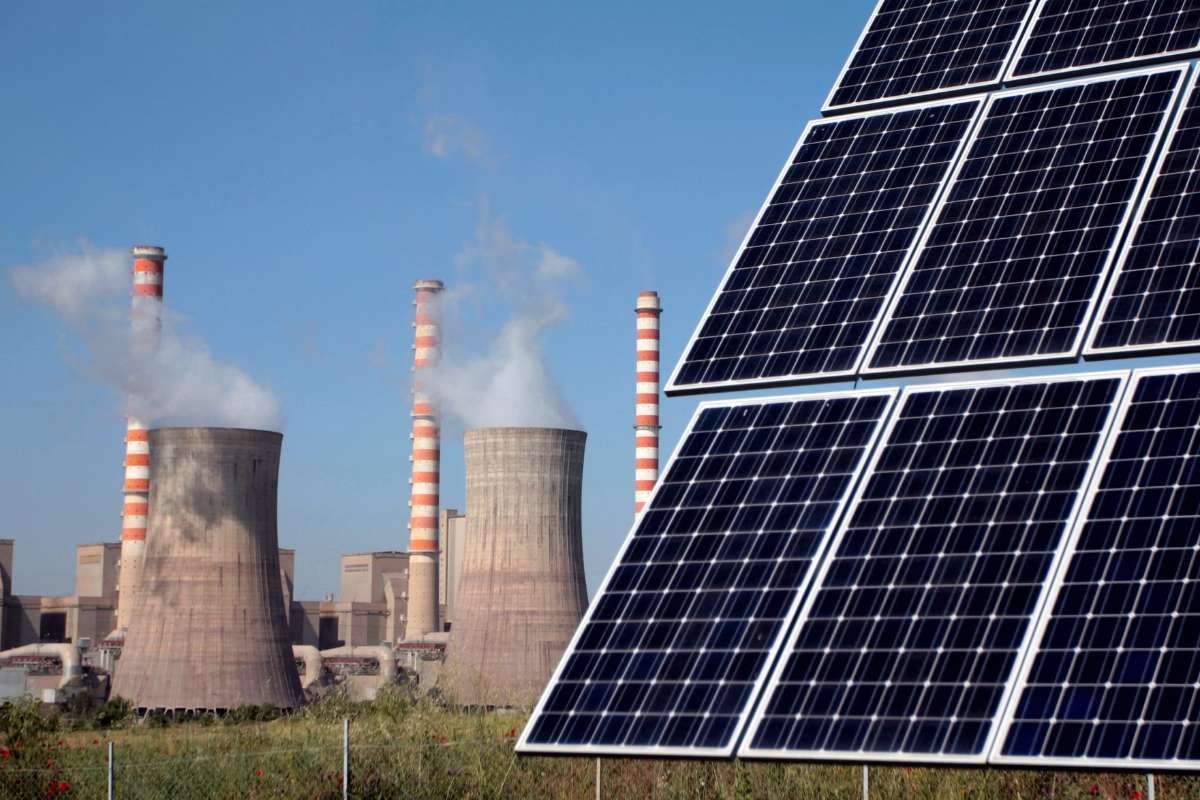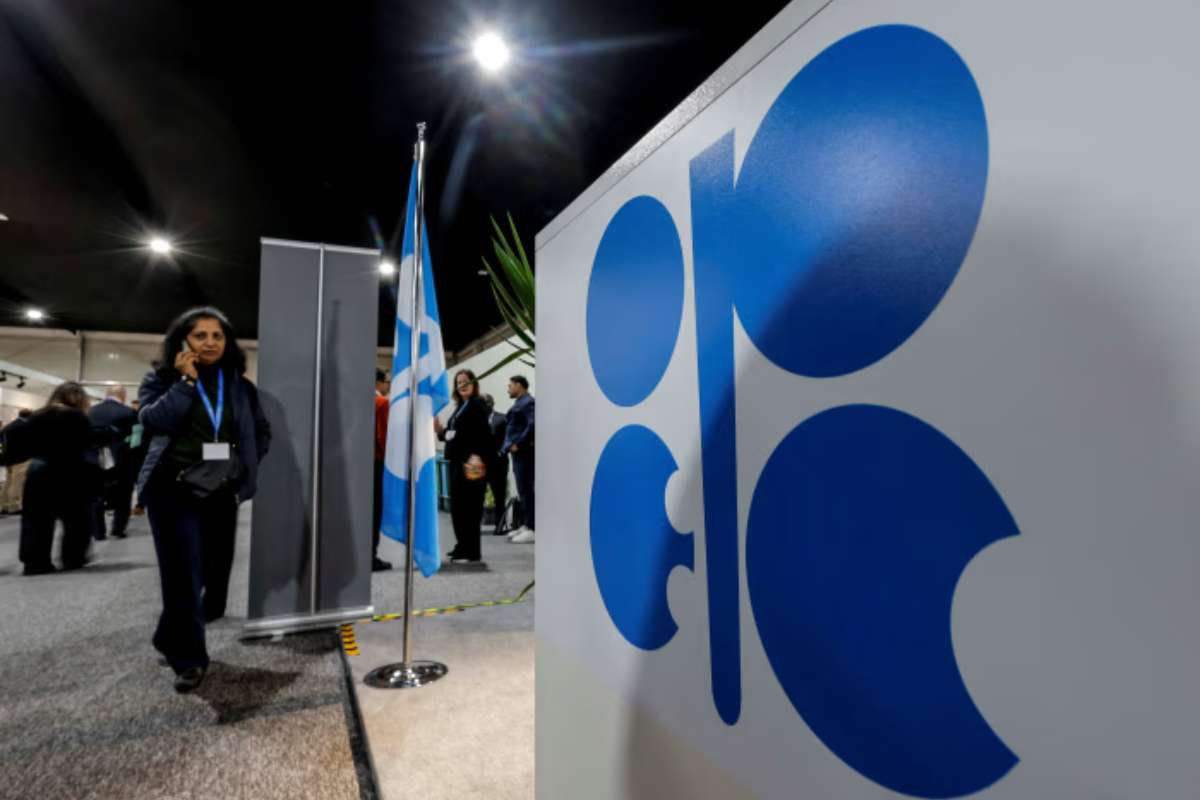A temporary pause in the US-China trade dispute in December 2018 was followed by an increase in global oil prices and a brief uptick in equity markets. The development came after then-US President Donald Trump and Chinese President Xi Jinping met on Dec. 1 during the G20 summit in Buenos Aires, Argentina, and agreed to delay planned tariff increases.
According to official statements, the United States postponed a scheduled tariff hike from 10% to 25% on $200 billion worth of Chinese imports, which had been set to take effect on Jan. 1, 2019. In return, China committed to purchase what the White House described as a “very substantial” amount of American agricultural, energy, and industrial products.
President Trump stated that the US-China trade intended to reduce tariffs on US automobiles, though Chinese authorities did not immediately confirm this. Both governments said they would begin negotiations on broader trade and structural issues, including intellectual property protections and technology transfer practices.
Market and energy response
Financial data from early December 2018 indicated that oil prices and stock markets rose following the announcement. On Dec. 3, Brent crude futures gained about 4%, climbing above $60 a barrel to trade near $62. West Texas Intermediate crude futures also rose. Analysts at the time noted that the easing of trade tensions coincided with the increase in crude prices and equity benchmarks, including major US indices.
The upward movement in oil prices occurred alongside other global factors. The Organization of the Petroleum Exporting Countries (OPEC) and its allies had recently announced plans to cut oil production by 1.2 million barrels per day starting in January 2019. Market observers noted that the combination of expected production cuts and the trade truce contributed to the rebound from November’s multi-month price lows.
However, subsequent market volatility underscored continued uncertainty. By Dec. 4, major stock indices had fallen again, as differing statements from Washington and Beijing raised questions about the details of the agreement.
Sector and company effects
Industry data suggested that companies in agriculture, energy, and manufacturing were among those most affected by the truce. US agricultural producers, including soybean exporters, anticipated the resumption of shipments to China, which had slowed following earlier retaliatory tariffs. Shares of firms such as Deere & Co. and Archer Daniels Midland rose in early December trading.
Automakers like Ford Motor Company and General Motors saw brief share gains, reflecting expectations of improved export conditions if tariff reductions on vehicles were implemented. In the technology sector, firms dependent on Chinese supply chains—including Apple Inc., Nvidia Corp., and Intel Corp.—experienced temporary relief due to the suspension of further tariff increases.
Oil producers and energy services companies, such as Exxon Mobil, Chevron, Halliburton, and Schlumberger, benefited from higher crude prices, which improved revenue expectations. By contrast, fuel-dependent sectors, including airlines and trucking firms, faced potential cost increases linked to rising energy prices.
Broader trade and economic context
The 2018 trade conflict between the world’s two largest economies involved tariffs on hundreds of billions of dollars in goods, contributing to concerns about slowing global growth. The December truce temporarily halted additional tariff actions but left existing duties in place.
Chinese officials described the meeting as “constructive” and emphasized continued dialogue. US officials, including the Office of the US-China trade Representative, said negotiations would focus on structural trade issues over a 90-day period. Economic analysts characterized the development as a de-escalation rather than a resolution.
The oil market’s response highlighted the close relationship between trade policy and global energy demand expectations. Analysts from financial institutions noted that trade uncertainty had contributed to price declines in November, while the combination of the Buenos Aires truce and OPEC’s production decision helped stabilize markets.
Outlook and subsequent developments
While the December 2018 agreement eased immediate market tensions, experts cautioned that fundamental disagreements remained unresolved. Structural issues, including intellectual property rights and technology transfer, continued to be central points of contention.
Over the following months, US-China trade negotiations between the two countries proceeded with intermittent progress. The 90-day window established in Buenos Aires set a deadline for potential follow-up actions, including the possible reintroduction of tariffs if talks failed.
Market analysts at the time noted that investor sentiment remained sensitive to official statements from both governments, reflecting the uncertainty surrounding future trade policy. The events underscored the interdependence of global trade, energy markets, and financial systems, where changes in diplomatic engagement can influence commodity prices and investor behavior in a matter of days.
Visit Oil Gas Energy Magazine for the most recent information.

